Email marketing has evolved into a sophisticated art, and at the heart of its success lies the potent strategy of permission-based email marketing. This approach, also known as opt-in email marketing, is a game-changer in digital communication. In this article, we will explore the nuances of permission-based email marketing, emphasizing its importance and providing valuable insights for effective implementation.
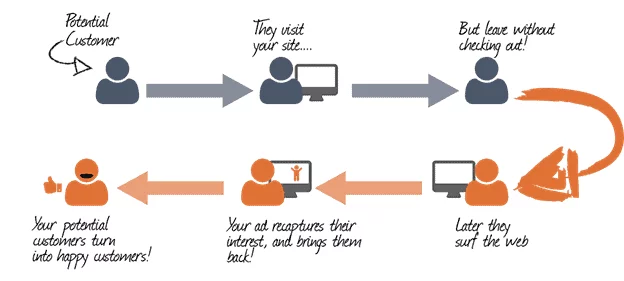
What is Permission-Based Email Marketing?
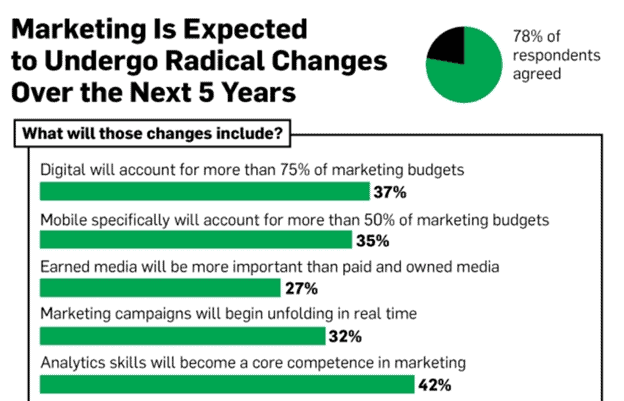
Permission-based email marketing revolves around the fundamental concept of obtaining explicit consent from individuals before adding them to your email list. The linchpin of this strategy is the incorporation of a checkbox, symbolizing a mutual agreement between the sender and the audience. This ensures that your emails reach an audience genuinely interested in your content, fostering a more engaged and receptive readership.
Single Opt-In (SOI) vs. Double Opt-In (DOI):
To grasp the essence of permission-based email marketing, it’s crucial to distinguish between single opt-in (SOI) and double opt-in (DOI) processes.
- Single Opt-In (SOI): This is a straightforward method where a user’s email is collected during the signup process. While it is a quick way to build an email list, it may result in a higher likelihood of acquiring low-quality or disinterested subscribers.
- Double Opt-In (DOI): Taking a more meticulous approach, double opt-in involves a two-step subscription process. After the initial signup, users receive a confirmation email, requiring them to verify their subscription. This additional step ensures a higher level of consent and engagement.
Advocating for Double Opt-In:
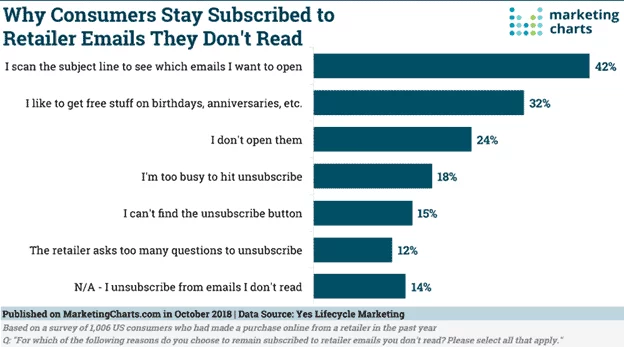
When comparing the effectiveness of SOI and DOI, the scales tip in favor of double opt-in for several reasons. The additional verification step in DOI not only confirms the accuracy of the provided email addresses but also filters out users who might have submitted false information or have second thoughts about subscribing. As a result, double opt-in tends to yield a higher quality of subscribers and maintains a lower complaint rate.
Strategies for Permission-based Email Marekting:
1. Targeting Visitors with Precision: The Power of Consent and Interests
In email marketing, the bedrock of a successful campaign lies in maximizing open rates. A strategic imperative for achieving this is to prioritize website visitors who have explicitly granted their consent. These individuals not only desire your offerings but also harbor a genuine interest in your brand. Their proclivity to click on links and augment website traffic remains noteworthy even in less favorable scenarios. Sustaining these valuable customers requires transparent communication regarding email frequency and content. Furthermore, the collection of pertinent details during permission-gathering is essential for crafting a meticulously tailored email list.
Example: Amazon, a pioneer in personalized marketing, crafts emails based on user preferences and past interactions, ensuring relevance and consent-driven engagement.
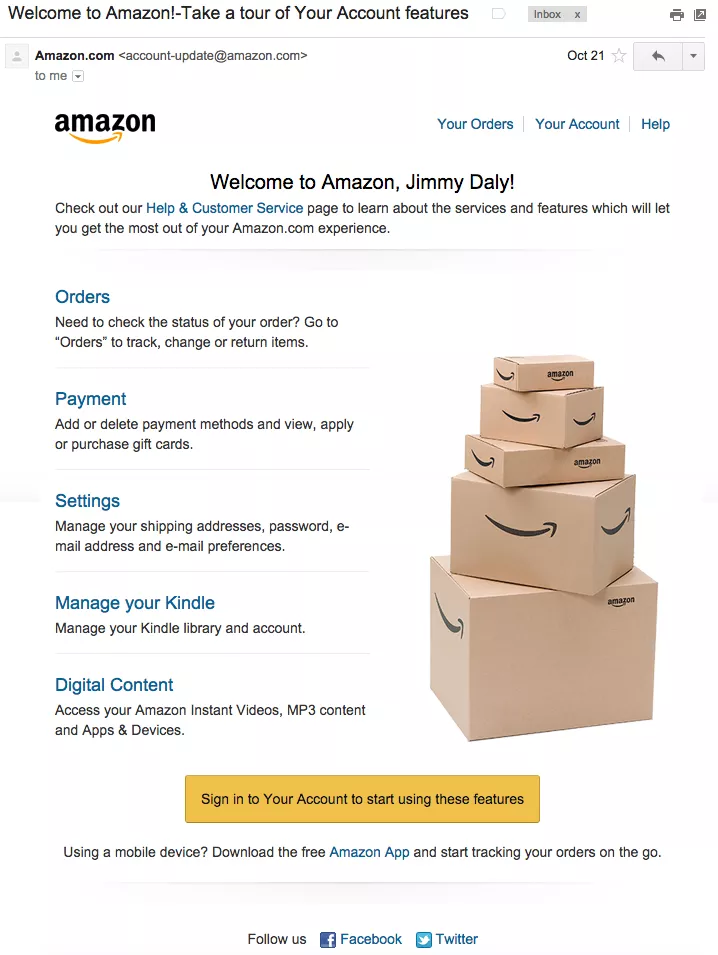
2. Leveraging Popups for Permission: Crafting Engaging Connections
Strategically employing popups can be a transformative element in obtaining permission and fostering meaningful connections with your audience. Picture a creatively designed popup extending a playful “Join the Club” message, accompanied by an email checkbox and whimsical imagery. Tools like Popupsmart empower businesses to effortlessly design conversion-ready popups, ensuring compliance with data protection regulations like GDPR. Advanced features, such as customizable email checkboxes, facilitate seamless email collection, allowing businesses to curate an engaged and consenting audience.
Example: Shopify utilizes popups effectively, employing engaging visuals and clear calls-to-action to encourage visitors to subscribe, ensuring a permission-based approach.
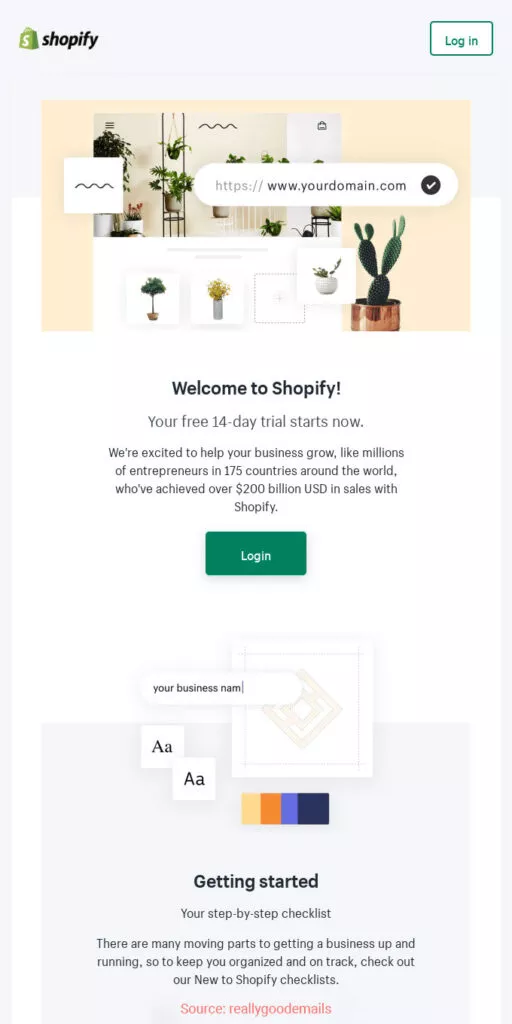
3. Precision in Content Delivery: Tailoring Emails for Impact
The cornerstone of a robust email marketing strategy is delivering content that resonates with your subscribers. Focusing on subscribers’ permission ensures a more engaged audience and optimal outcomes from your campaigns. Crafting personalized content aligned with the interests of your audience not only expands your email list but also enhances the effectiveness of your campaigns.
Example: Spotify tailors its emails based on user listening preferences, creating a personalized experience and fostering continued engagement.
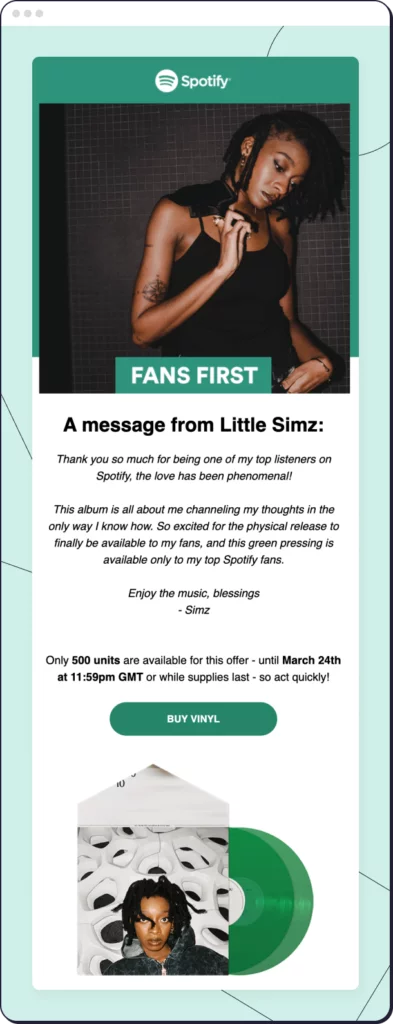
Learn about email blasts here.
4. Striking a Balance: Avoiding Email Overwhelm
Envision a cluttered email inbox on a mobile phone, set against a pristine white table next to a vibrant potted plant. This visual encapsulates the potential fallout of bombarding subscribers with an excessive number of emails. While captivating content is essential, an excess of emails risks overwhelming your audience. Achieving equilibrium is paramount—providing valuable content without inundating subscribers with what might be perceived as spam.
Example: TheSkimm, a daily newsletter, maintains a balance by delivering concise yet impactful content, preventing email overload for subscribers.
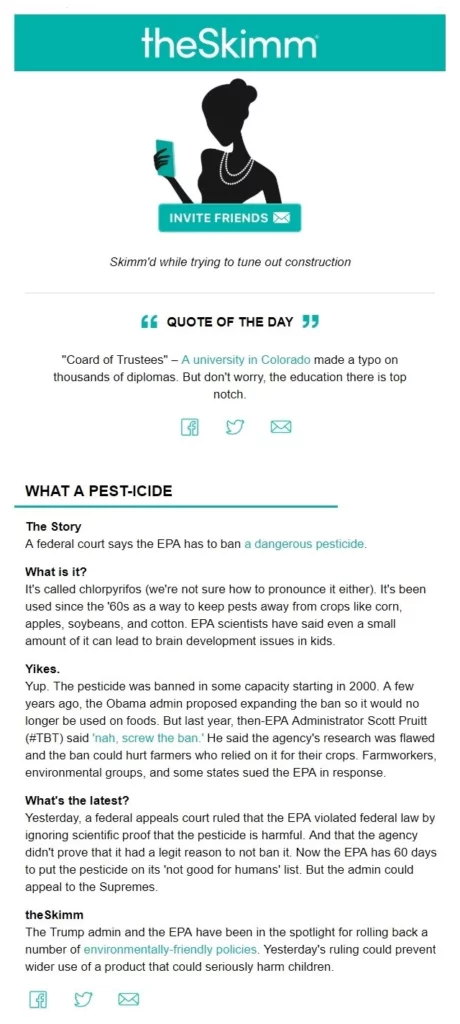
5. Unsubscribe Button Inclusion: Empowering Subscribers
The inclusion of an unsubscribe button in emails serves as a strategic tool to maintain a genuinely interested and relevant audience. This approach not only keeps your communication on the whitelist but also prevents your emails from being relegated to the dreaded spam folder.
Example: HubSpot includes a clear and easily accessible unsubscribe link, respecting user choice and ensuring a transparent opt-out process.
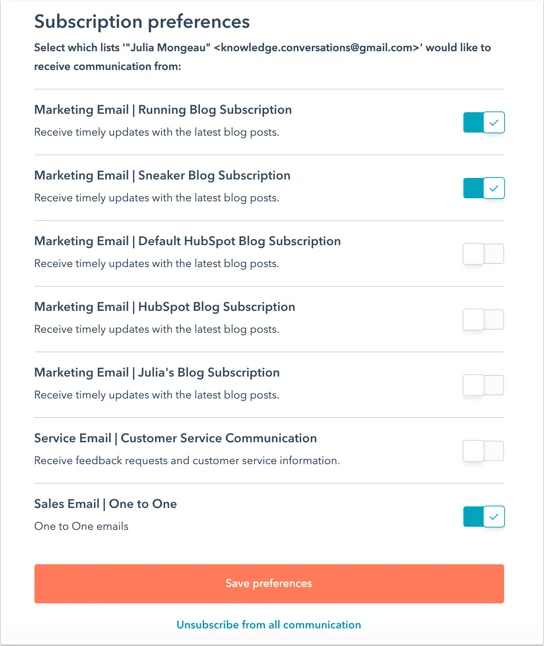
6. Incentivizing Sign-Ups: Adding Value from the Start
Encouraging visitors to share their email addresses becomes more effective when coupled with a tangible incentive. Whether it’s a free download, an exclusive discount code, or access to premium content, providing immediate value increases the likelihood of visitors willingly joining your mailing list.
Example: Airbnb strategically incentivizes sign-ups by offering first-time users a discount on their first booking, adding immediate value for subscribers.
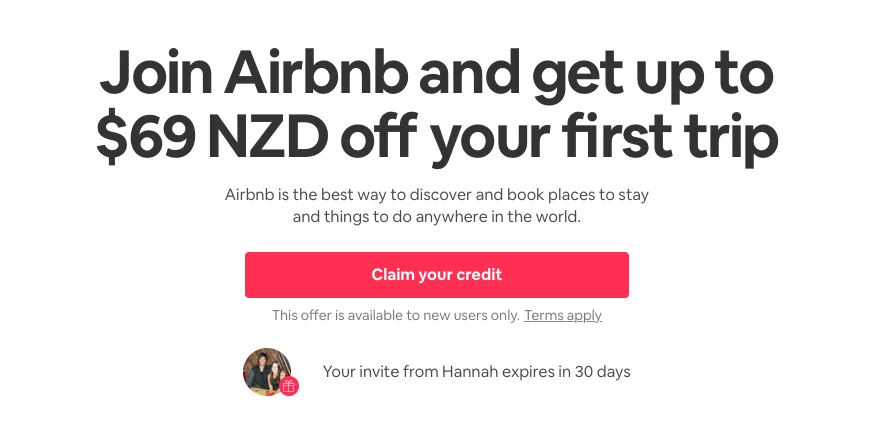
7. Segmentation Precision: Targeting the Right Demographics
Segmenting your email list allows for tailored communication based on subscribers’ interests, behavior, and demographics. This personalized approach significantly improves engagement and relevance.
Example: Sephora segments its emails based on customer preferences, ensuring makeup enthusiasts receive content relevant to their interests.

8. Personalization for Connection: More than Just a Name
Email personalization goes beyond addressing subscribers by their names. Integrating relevant information makes emails more personal and engaging, fostering a stronger and more meaningful relationship.
Example: Netflix incorporates personalized recommendations based on viewing history, creating a connection with subscribers and enhancing user experience.
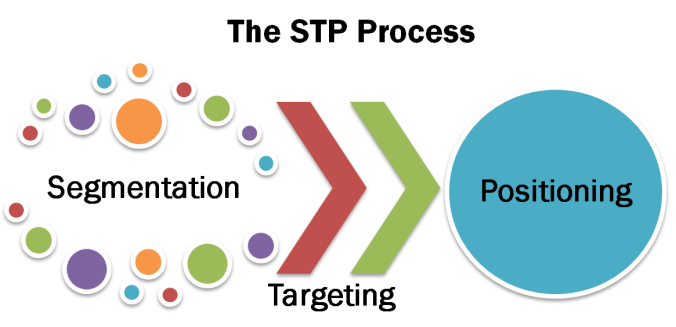
9. Testing and Refinement: Optimizing for Engagement
Regularly testing subject lines, content, and calls-to-action is essential for refining your email strategy. Optimization based on these insights leads to better engagement and conversion rates.
Example: Grammarly continuously tests email content and subject lines to optimize engagement, ensuring their messages resonate effectively with users.
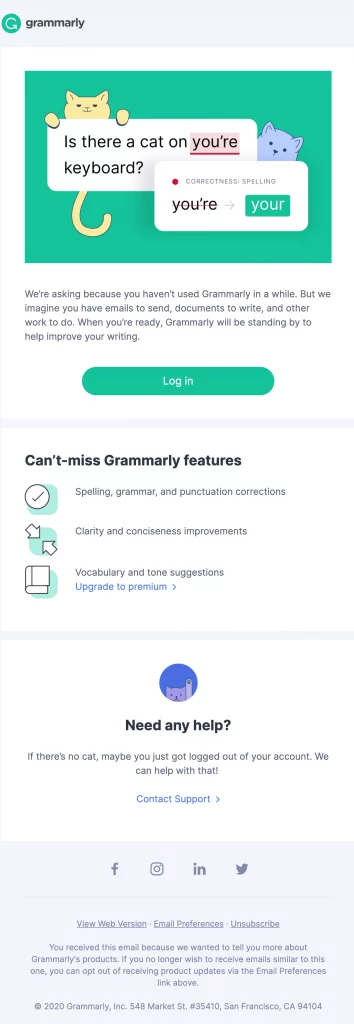
10. Safeguarding Subscriber Privacy: Navigating Legal Compliance
Respecting your subscribers’ privacy is not just an ethical consideration; it’s a legal obligation. Adhering to relevant privacy laws and regulations, such as GDPR or CCPA, is fundamental to building trust and maintaining engaged subscribers.
Example: LinkedIn prioritizes user privacy by incorporating clear privacy notices and compliance information in its email footer, ensuring legal adherence.
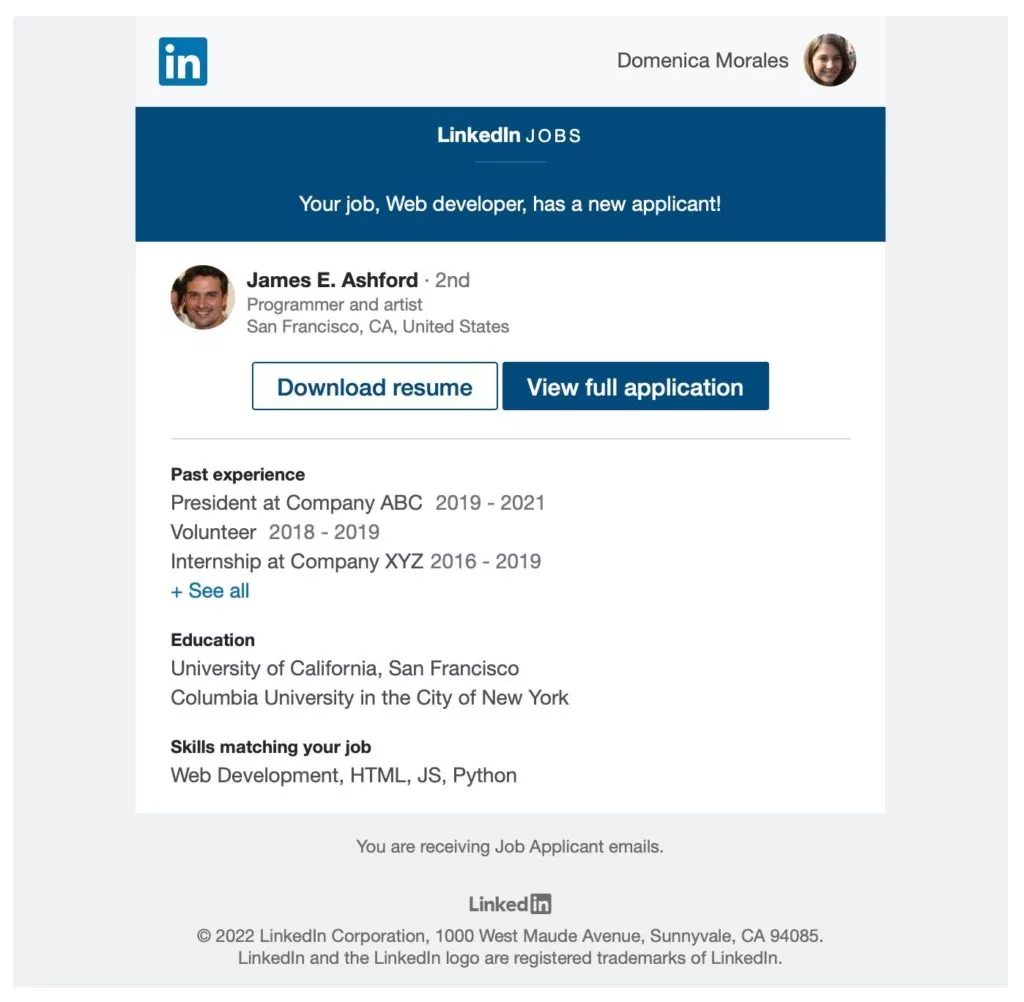
To uphold subscriber privacy effectively, consider the following key aspects:
Legal Compliance: Ensure strict adherence to privacy laws, such as the General Data Protection Regulation (GDPR) and the California Consumer Privacy Act (CCPA). These regulations dictate the lawful collection and use of personal data for email marketing purposes.
- No Third-Party Sharing Without Consent: Resist the temptation to share subscribers’ information with third parties without explicit consent. Subscriber data is a sensitive asset, and any sharing should only occur with the clear and informed approval of the individuals involved.
- Unsubscribe Accessibility: Facilitate an easy and straightforward process for subscribers to opt out or unsubscribe from your emails at any time. This complies with legal requirements and fosters a positive user experience.
- Building Trust: Prioritize building and maintaining trust with your subscribers. Knowing that they have control over their subscription and that their information is handled responsibly enhances their confidence in your brand.
Why Embrace Permission-Based Email Marketing?
1. Establishing Trust: Permission-based email marketing inherently nurtures trust. By allowing subscribers the autonomy to unsubscribe whenever they desire, you signal transparency and respect for their choices.
2. Relevance and Legal Compliance: Subscribers are assured that they won’t be subjected to irrelevant content aligning with their preferences. Moreover, it is a crucial practice to comply with legal requirements, ensuring that consent is obtained before engaging in email marketing.
Conclusion:
By adopting swift and effective strategies, businesses can engage with their audience authentically. Incorporating permission-based email marketing into your campaigns not only ensures compliance with legal standards but also cultivates a more meaningful connection with your target audience.
Share Your Insights: What are your thoughts on permission-based email marketing? Feel free to share your ideas, strategies, and experiences in the comments section! 🤓
FAQs on Permission Based Email Marketing:
How does Permission-Based Email Marketing Work?
Permission-based email marketing relies on a value exchange between the marketer and the customer. Customers provide consent to receive emails, and in return, they receive value, such as a free trial, exclusive discount, video access, webinar signup, ongoing offers, or other relevant content.
What are the Benefits of Permission-Based Email Marketing?
Permission-based email marketing offers various benefits, including strengthening customer trust, attracting more people, increasing sales, maximizing the value of emails, complying with anti-spam laws, and achieving better engagement results.
Is Sending Emails without Permission Illegal?
Sending emails without permission can be illegal, especially if they are considered unsolicited commercial emails or spam. Laws such as the CAN-SPAM Act in the United States set guidelines for commercial emails, and violating these laws can result in legal consequences, financial penalties, and harm to a business’s reputation. It’s always advisable to obtain permission before sending commercial emails to ensure legal compliance and maintain a positive business image.



